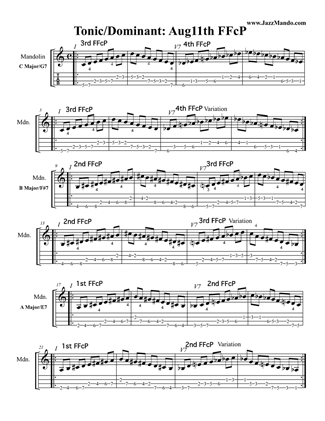
Originally Posted by
jshane

Yes.
If you play what you hear in your head you actually don't have to memorize anything or have "go-to" riffs all set to spin out.
Use the theory to DESCRIBE and UNDERSTAND what your head creates (if you want to), but do it after the fact.
..... But I have to say that the freedom and passion that simply playing what you HEAR in your HEAD engenders is magical, and real, and utterly complete.
So I know that I tend to sound like a broken record about this, but when I read a post about "go-to" lines, or "playing an appropriate pentatonic scale over the chord changes", or other things that seem to be using intellectual understanding as a substitute for musical creativity, my old mentor's words ring in my head, and I feel like there needs to be at least one voice warning of the potential musical shackles this approach can generate.






 Reply With Quote
Reply With Quote





Bookmarks